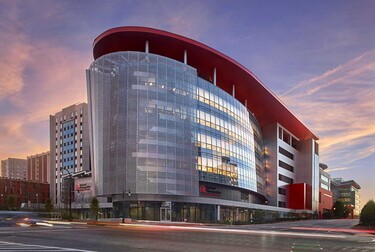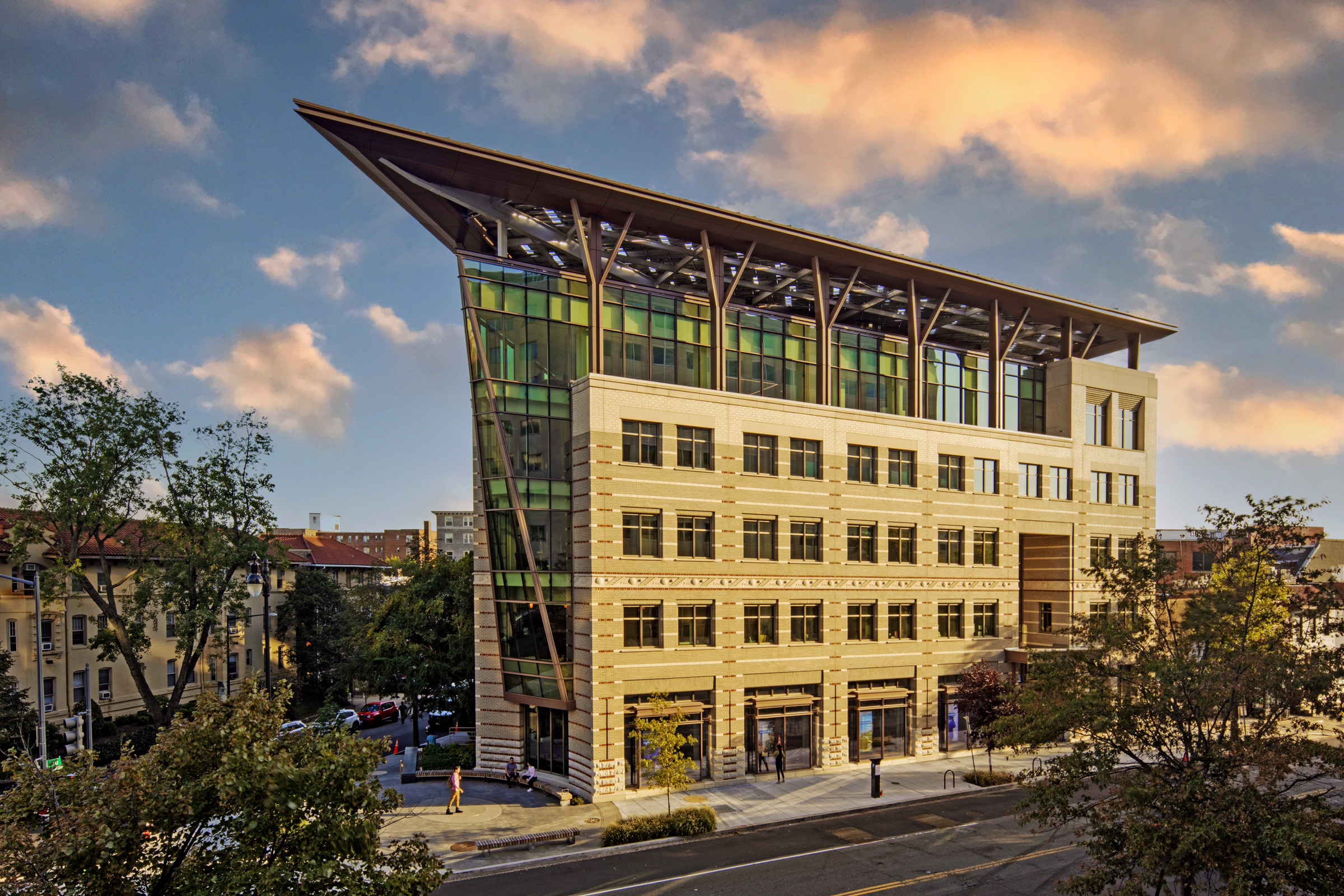Net-Zero Buildings and Dynamic Glass

Net-Zero building design is a critical part of transitioning to a lower-carbon built environment. While such buildings number in the thousands today, the market for net-zero buildings is growing fast, at nearly 40% CAGR out to 2021 by some reports. For those less familiar, net-zero building means constructing a building that will produce as much energy (typically site, not source energy) as it consumes on an annual basis.
At a very basic level, constructing a net-zero building means doing two things: designing a building that has very low energy consumption and produces energy on-site. Reducing consumption can be especially challenging when designing a facility with lots of glazing to provide daylighting and views. This is where dynamic glass comes into play.
Architects are recognizing how important dynamic glazing is as they are forced to make a choice: reduce the glazed area to hit the needed EUI levels or utilize dynamic glazing. Since ample glazing is often a critical part of the aesthetics for many buildings it becomes an easy choice. To demonstrate the performance of dynamic glazing, Penn State University conducted research which showed that a building with a 30% window-wall ratio using typical low-e glass would consume as much energy as building with a 50% window-wall ratio using dynamic glass.1

Recent Net-Zero projects which have selected SageGlass to help meet their goals include:
- American Geophysical Union’s (AGU) renovated HQ in Washington, DC
- City Gateway premier mixed-use project in Raleigh, NC
- The United Therapeutics Unisphere in Silver Spring, MD
- Pennsylvania Housing Finance Authority (PHFA) HQ renovation in Harrisburg, PA
- Technically this is Passive House, which is actually more aggressive on energy reductions than Net-Zero requirements…but it makes the point!
SageGlass Technical Solutions experts can help project teams properly model electrochromic glass, to ensure that your energy model reflects all the savings dynamic glass can offer. To learn more, contact us.
- Research conducted by Rob Mistrick of PSU. Contact SageGlass for more details on this work.